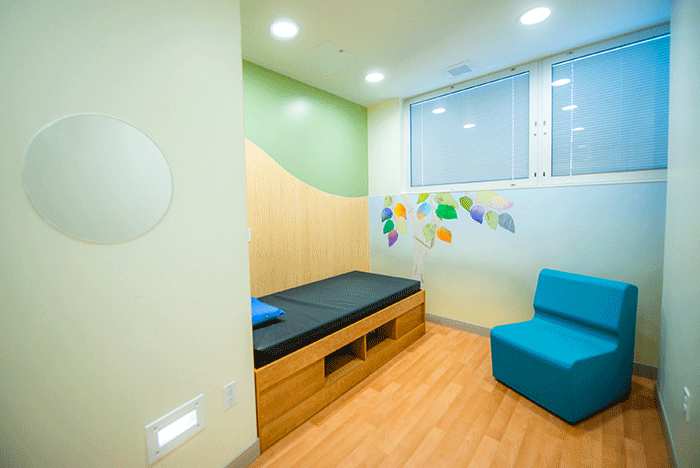The qualitative side of health care design
The evidence-based design approach is intentionally aligned with evidence-based medicine, which is held in high esteem in health care. Scientists in the field of medicine tend to use quantitative (i.e., numerical) methods for clinical studies and, perhaps because of this, there is an expectation that “good research” in health care design must also apply quantitative metrics.
However, if the goal of research in health care design is to help understand and solve problems, researchers also need rigorous qualitative (i.e., non-numerical) methods to capture the full story. The Center for Health Design’s Knowledge Repository includes several studies that highlight the value of qualitative methods. Three recent papers are featured here.
A study by Miller and colleagues examines the experience of receiving a terminal diagnosis. Researchers interviewed 14 women who had recently received news of a serious chronic illness, asking questions about the language used, and the built, natural, social and symbolic environments they were in at the time of the diagnoses. Qualitative findings help us better understand the significance and emotional implications of the setting, including compelling examples such as an oncology clinic where patients receive their diagnoses in the same place where other patients with no hair are receiving treatment. The design implications from the study focus on the importance of being in a quiet, calm and emotionally safe environment when receiving life-changing news.
A recent study by Matić and colleagues looks at the implications of being a patient in isolation with a severely infectious disease. The research team conducted in-depth interviews with four Ebola patients and their critical care nurses to better understand the experience of receiving and providing care in a biocontainment unit. Findings include detailed accounts of the physiological and psychological distress isolation can have on a patient, which would be difficult to capture via quantitative methods. The authors propose specific design interventions to ease the burden for both patients and staff by supporting privacy, social interaction and delivery of care, as well as a sense of dignity and control for patients.
Another study focusing on the staff perspective when providing care for patients with infectious diseases was conducted by Bae, who interviewed 15 staff members about the physical environment and their work during the COVID-19 pandemic. Quotes from the interviews reveal feelings of frustration, fear and helplessness staff endured when trying to provide quality care while maintaining safety standards. The paper includes suggestions for patient rooms that allow space for additional equipment, rapid conversion to double-occupancy rooms, glass doors for visibility and options for posting new signage to clearly designate converted areas.
Many important health care outcomes — such as experience and perceptions — are inherently subjective, making numbers alone insufficient to understand the problems and solutions. Qualitative research, done well, adds depth — and even empathy — to our understanding of the link between design and care outcomes.
Research used for this column
The following research citations from The Center for Health Design’s Knowledge Repository of health care design resources were used by the author when writing this column:
- E. M. Miller, J. E. Porter and M. S. Barbagallo, “Patient and Family Members’ Experiences with Language and Environment When Receiving Bad News: A Qualitative Exploratory Study,” Palliative and Supportive Care, 2023, in press.
- Z. Matic´, et al., “Understanding Experience of Patients with Highly Infectious Diseases during Extended Isolation: A Design Perspective,” HERD: Health Environments Research & Design Journal, vol. 16, no. 1 (2023): 97–112.
- S. Bae, “A Qualitative Study of Hospital Interior Environments during the COVID-19 Pandemic,” International Journal of Environmental Research and Public Health, vol. 20, no. 4 (2023): 3271.
About this column
“Design Discoveries” highlights research from The Center for Health Design’s Knowledge Repository, a user-friendly library of health care design resources. This research effort is supported by the American Society for Health Care Engineering, the American Institute of Architects, the Academy of Architecture for Health Foundation and the Facility Guidelines Institute.
Melissa Piatkowski, research associate, The Center for Health Design.





